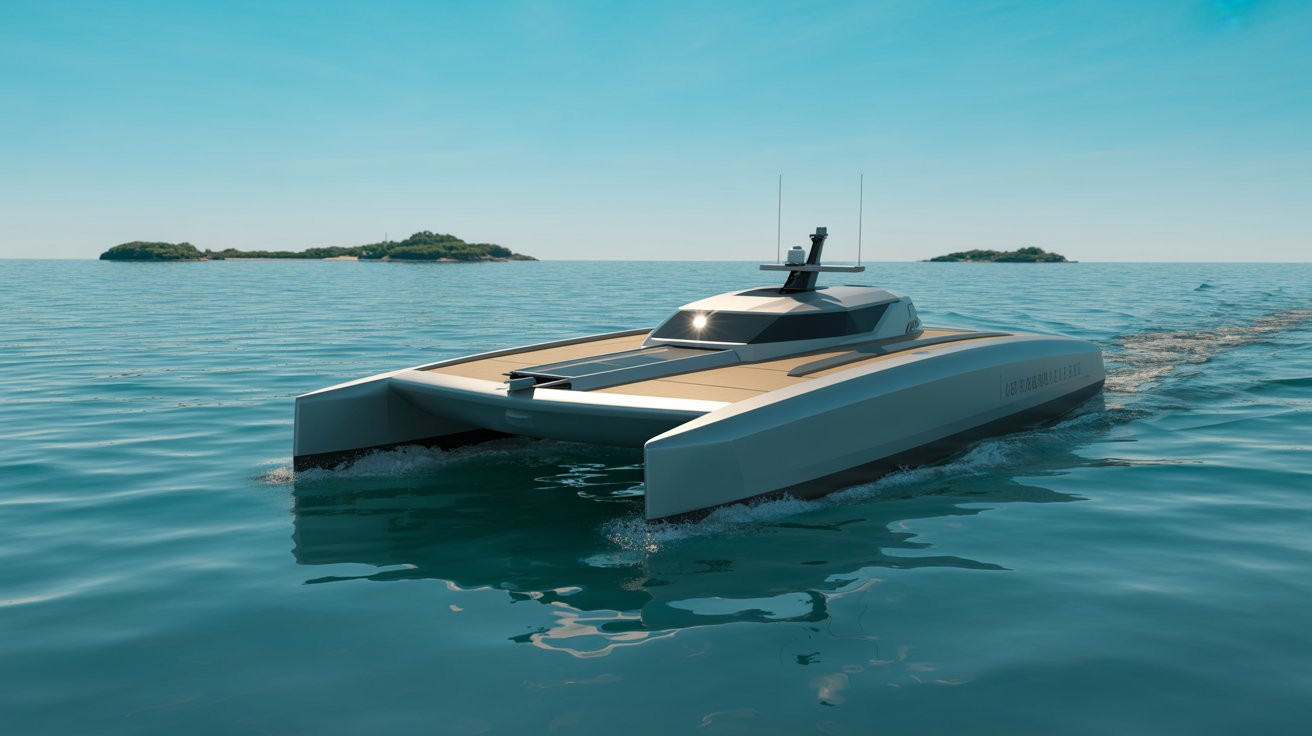
The global Unmanned Surface Vehicles (USVs) market is entering a new phase of strategic growth, with increased adoption across both military and civilian sectors. Forecasts show the market growing from USD 0.82 billion in 2025 to USD 1.59 billion by 2030, reflecting a 14.1% CAGR. This expansion is powered by growing investments in marine autonomy, rising geopolitical tensions, and the demand for cost-effective offshore operations.
Download PDF Brochure @
https://www.marketsandmarkets.com/pdfdownloadNew.asp?id=220162588 Key Growth Drivers Maritime Security Pressures: With heightened global tensions and rising concerns over territorial waters, naval forces are investing in USVs for persistent surveillance, border enforcement, and unmanned combat support. USVs offer risk-free, around-the-clock operations in contested or remote zones, reducing the need for crewed deployments. Commercial Innovation and Cost Savings: In the commercial sector, especially offshore oil & gas, renewable energy, and marine construction, companies are turning to USVs to cut operational costs and enhance safety. These autonomous platforms are now essential tools for pipeline monitoring, infrastructure inspection, and ocean floor mapping. Environmental and Scientific Missions: Climate scientists and oceanographers are deploying USVs for long-term monitoring, carbon data collection, and habitat assessment. The ability to operate independently for weeks makes USVs indispensable for tracking changing ocean conditions and supporting global environmental goals. Segment Insights Hull Type ĘC Single Hull Takes the Lead: The single hull segment is seeing the fastest growth thanks to its optimized hydrodynamics, which allow for greater speed, fuel efficiency, and easier deployment. These traits make it ideal for quick-strike missions and time-sensitive data collection. System ĘC Payload Systems Drive Value: Payload systems are the cornerstone of USV capability. Advanced platforms now integrate modular payloadsí¬from sonar arrays and communication relays to water samplers and LiDAR systemsí¬making them adaptable across mission profiles. This flexibility helps extend lifecycle value and reduce total cost of ownership. Regional Analysis ĘC North America Remains the Innovation Hub North America holds the largest share of the USVs market, supported by: Strong military procurement programs focused on autonomous naval systems. A mature industrial base, with deep expertise in AI, robotics, and marine engineering. Long-standing partnerships between USV manufacturers and government research bodies. Private sector adoption, especially in Gulf of Mexico energy operations and Arctic environmental surveys. Ongoing initiatives to enhance interoperability with manned fleets, improve swarm coordination, and extend endurance through hybrid-electric propulsion are positioning the region for sustained leadership in unmanned maritime systems.
Ask for Sample Report @
https://www.marketsandmarkets.com/requestsampleNew.asp?id=220162588 Competitive Landscape Leading companies shaping this market include: L3Harris Technologies, Textron, Teledyne Technologies, Exail Technologies, Elbit Systems, MARTAC, Thales, Saildrone, KONGSBERG, ATLAS ELEKTRONIK, SEA-KIT International, Israel Aerospace Industries, BEL, and BAE Systems. These players focus on R&D intensity, modular designs, and international collaboration to secure defense contracts and commercial partnerships alike.









